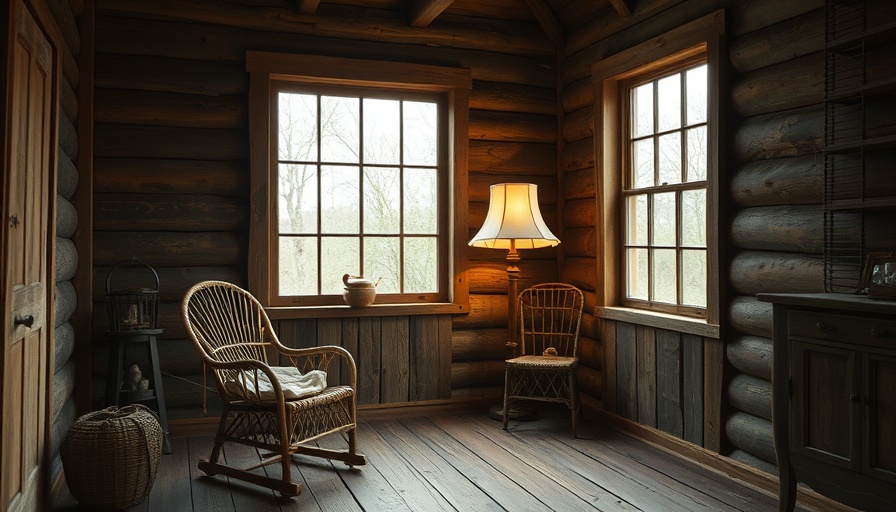
Transforming Your Brooklyn Basement: The Power of Drop Ceilings
Many homeowners in Brooklyn have an untapped gem lurking beneath their feet—the basement. Often overshadowed by its more glamorous upper-floor counterparts, the basement has immense potential for transformation. One of the most impactful ways to elevate this space is through the installation of drop ceilings. Not only do they redefine the aesthetic of your basement, but they also enhance its functionality, making it a versatile spot for relaxation or work.
Understanding Drop Ceilings: What You Need to Know
Drop ceilings, or suspended ceilings, consist of a grid system that supports lightweight panels. This design serves two purposes: creating an attractive finish and hiding unsightly wiring and ductwork. Additionally, their sound-absorbing properties help reduce noise levels—perfect for family movie nights or quiet workshops.
Material Selection: Tailoring to Your Needs
Your choice of materials is vital in ensuring durability and visual appeal. The most common materials include mineral fiber, fiberglass, and PVC. Mineral fiber tiles are lauded for their affordability and sound-dampening capabilities. If moisture is an issue in your Brooklyn basement, fiberglass tiles are an excellent choice due to their resistance to mold and mildew. PVC tiles offer a stylish, low-maintenance option, available in various designs to suit any décor.
The Installation Process: Step-by-Step Guide
Installing a drop ceiling is an achievable DIY project for many homeowners. Here’s a simplified process:
- Measure and Plan: Carefully assess your space to determine the grid layout. Ensure your ceiling height allows for this installation without making the area feel cramped.
- Gather Materials: Essential tools include a tape measure, level, snap chalk line, and a utility knife. Don’t forget your ceiling tiles and the suspension system!
- Install the Grid: Start by attaching the perimeter trim to the wall and then hang the vertical suspension rods.
- Insert the Tiles: Lay your chosen ceiling tiles into the grid. This final step can dramatically change your space’s atmosphere.
Enhancing Your Space: Beyond Aesthetics
Adding a drop ceiling isn’t just about looks; it can also improve your home's value. A well-executed basement renovation, complemented by an attractive drop ceiling, can yield substantial returns. This design choice embraces the trend of maximizing homes' utility while providing a calming, aesthetically pleasing backdrop for any activity.
Practical Tips for the Brooklyn Homeowner
Storage is often a challenge in basements. As you ponder your drop ceiling installation, consider integrating smart storage solutions. This could mean vertical shelving units or hidden compartments within your ceiling’s design. Combine functionality with style, and you’ll create a space that’s not only visually appealing but also immensely practical.
Final Touches: Lighting and Insulation
Don’t overlook the importance of lighting and insulation in your newly transformed basement. Consider installing LED lighting designed specifically for drop ceilings, providing effective illumination while being energy-efficient. Additionally, ensuring proper insulation will help maintain a comfortable environment throughout the seasons.
Conclusion: Maximize Your Basement Potential
In conclusion, installing drop ceilings in your Brooklyn basement can turn a neglected space into a hub of creativity and function. From creating media dens to art studios, the options are endless. Now’s the time to embrace this design solution—unlock your basement's hidden potential and enjoy a space that enriches your living experience.
If you’re ready to take the plunge into your basement renovation, explore the many resources and ideas available to DIY enthusiasts. Your newly renovated basement awaits!
 Add Row
Add Row  Add
Add 




Write A Comment